Ultrasonic technology has been in civilian, medical and military applications for hundreds of years. Almost everyone has experienced medical ultrasound technology (such as B-ultrasound). Currently, the latest ultrasonic applications have evolved into the automation of the industrial and automotive markets.
The non-contact nature of ultrasonic technology makes it an excellent choice for medical, pharmaceutical, military and factory applications. In addition, its operating environment is well beyond what is known. Flow metering measures the flow of liquid or gas in units of hourly liters (lph) or gallons per minute (gpm). Flow meters can be used in residential and industrial environments, including simple utility meters (gas, water, calorimeter) or hazardous liquid or gas mixers (oil, mining, wastewater treatment, paint, chemicals) in residential and industrial meters ;see picture 1. Structurally, the flow meter comprises three units: a sensor unit, a metering unit and a communication unit. Each of these units or functional blocks can be mechanical or electronic.
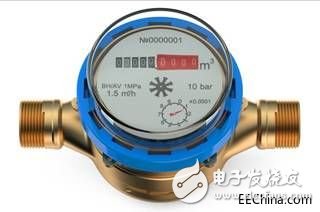
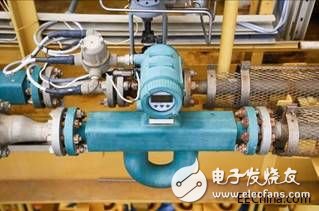
Figure 1: Example of a flow meter in residential and industrial applications
In most flowmeter designs, the moving parts use mechanical sensing. For example, using an inductive capacitor (LC), giant magnetoresistance (GMR), tunneling magnetoresistance (TMR), or Hall effect sensor to capture the motion of a propeller or impeller that changes according to flow and is converted into data and passed to Measuring unit. Because there are moving parts, there may be wear and inaccuracies.
The life of these meters is generally short (less than 7 years) and low flow or small leaks cannot be detected. At the same time, media contamination, dirt build-up, and fouling and aging of components can also affect measurement accuracy, which can result in inaccurate sensor results, so periodic recalibration of the flowmeter is required. Figure 2 shows a rotary water meter with an LC sensor.
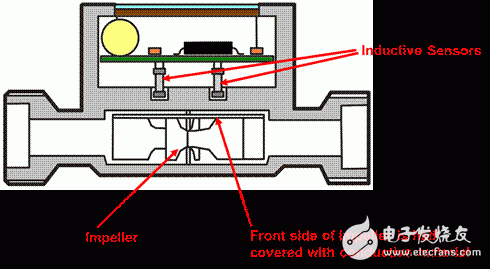
Figure 2: Rotary flowmeter using LC sensor
Ultrasonic sensing avoids several of these problems. The sensing technology is very accurate (±1%) and has a long service life ("10 years"), which can easily detect liquids or gases of different compositions and adjust the effects of media and pipeline corrosion pollution. Ultrasonic meters have no moving parts, so there is no need to recalibrate.
The ultrasonic frequency used for flow measurement ranges from 100 kHz to 4 MHz. An ultrasonic pulse signal is excited by a certain frequency to generate an ultrasonic wave of a corresponding frequency, and the same acoustic wave transmission path is used to emit sound waves from two opposite directions at different time periods and measure the sound wave transmission time (referred to as an uplink transmission time and a downlink transmission time, TOF, TIme of flight). The actual flow rate is calculated by calculating the absolute time difference between the uplink and downlink transmission time.
One or more pairs of ultrasonic sensors mounted inside or outside the flow tube can be used to measure TOF. Figure 3 shows the simple ultrasonic measurement principle and some common ultrasonic sensor arrangements. The choice of ultrasonic sensor depends on the type of media of the fluid to be tested. Generally, when the fluid to be tested is a liquid, an ultrasonic sensor having a frequency of 1 MHz or more is used, and when the fluid to be tested is a gas, an ultrasonic sensor having a frequency of 500 kHz or less is used.
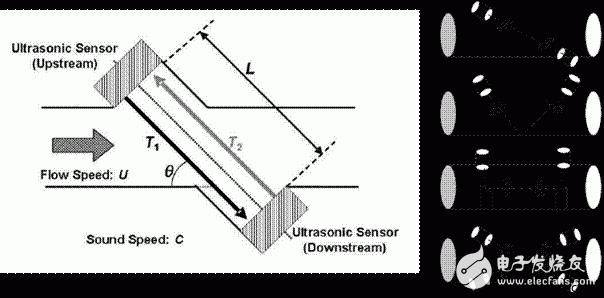
Figure 3: Ultrasonic measurement principle and common ultrasonic sensor placement topology
The accuracy of the TOF measurement will directly affect the resolution and accuracy of the flow meter. TOF is typically measured in picoseconds (ps) or nanoseconds (ns). Its main parameters include zero flow drift (ZFD), standard deviation (STD), minimum and maximum detectable flow, flow, flow rate, volume, absolute value ( Abs) TOF and Delta (Δ) TOF. Flow meter industry standards; the most common are International Organization for Standardization (ISO) 4064, International Legal Metrology Organization (OIML) R49 and European Standard (EN) 1434. TI's ultrasonic flow meter solutions meet the high level of accuracy required by standards.
TI's MSP430FR6047 microcontroller (MCU) is a highly integrated system-on-a-chip (SoC) for liquid metering tailored to the need to measure accurate TOF using ultrasonic sensing technology with analog-to-digital converters (ADCs) ) Waveform capture technology. Figure 4 shows the connection of the MSP430TM MCU and the ultrasonic transducer.
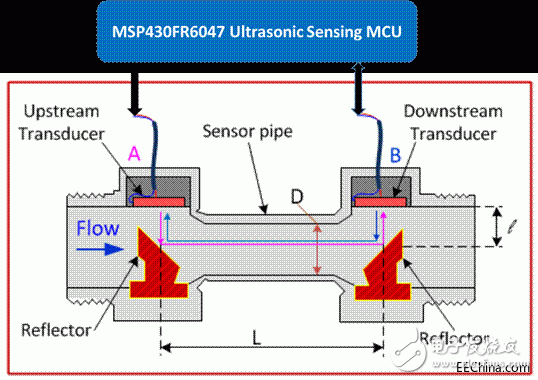
Figure 4: Connection diagram of MSP430FR6047 and ultrasonic transducer
A pair of ultrasonic transducers can be directly connected to the ultrasonic peripheral (USS) integrated with the MSP430FR6047 MCU. The USS uses a high-speed 8MSPS sigma-delta ADC for flexible excitation and response capture of each sensor. The USS then uses the various digital signal processing algorithms for the next step. The waveform capture technology and processing method used in the MSP430FR6047 MCU delivers best-in-class resolution (5ps) - a breakthrough system design for liquid and gas flow detection in residential and industrial applications.
Most ultrasonic flowmeters are currently battery powered, but the MSP430FR6047 MCU's ultrasonic flow meter solution consumes only 3 μA on average, enabling a lifetime of more than 10 years. In addition, you can easily extend this solution to calorimeters.
Ultrasonic sensing for flow measurement integrates the advantages of smaller size, lower cost, improved accuracy and stability, extended product life, and connectivity to a smart grid.
Compared with traditional engineering and business education projectors, home projectors are more compact, practical and entertaining, and projection technology is more suitable for home life and entertainment scenes
Features
1. Large screen: The size of traditional LCD TVs is mostly between 40-70 inches, while home projectors can easily project 100-150 inches of screen content.
2. Diverse uses: Home projectors are mostly equipped with intelligent systems, which contain a large number of film sources. In addition, the projector can also be connected to different devices through different interfaces, such as game consoles, computers, U disks, etc. Only one machine can realize online drama, listening to songs, games, office and other functions
3. Diffuse reflection eye protection: The home projector uses the principle of diffuse reflection to form images, which is less harmful to the eyes than the LCD screen.
4. Convenient to move: The home projector is compact, light in weight, flexible in movement, and used in a variety of scenarios
Home Projectors,Production Projector,Home Theater Projectors,Bluetoth Battery Projector
Shenzhen Happybate Trading Co.,LTD , https://www.szhappybateprojectors.com
